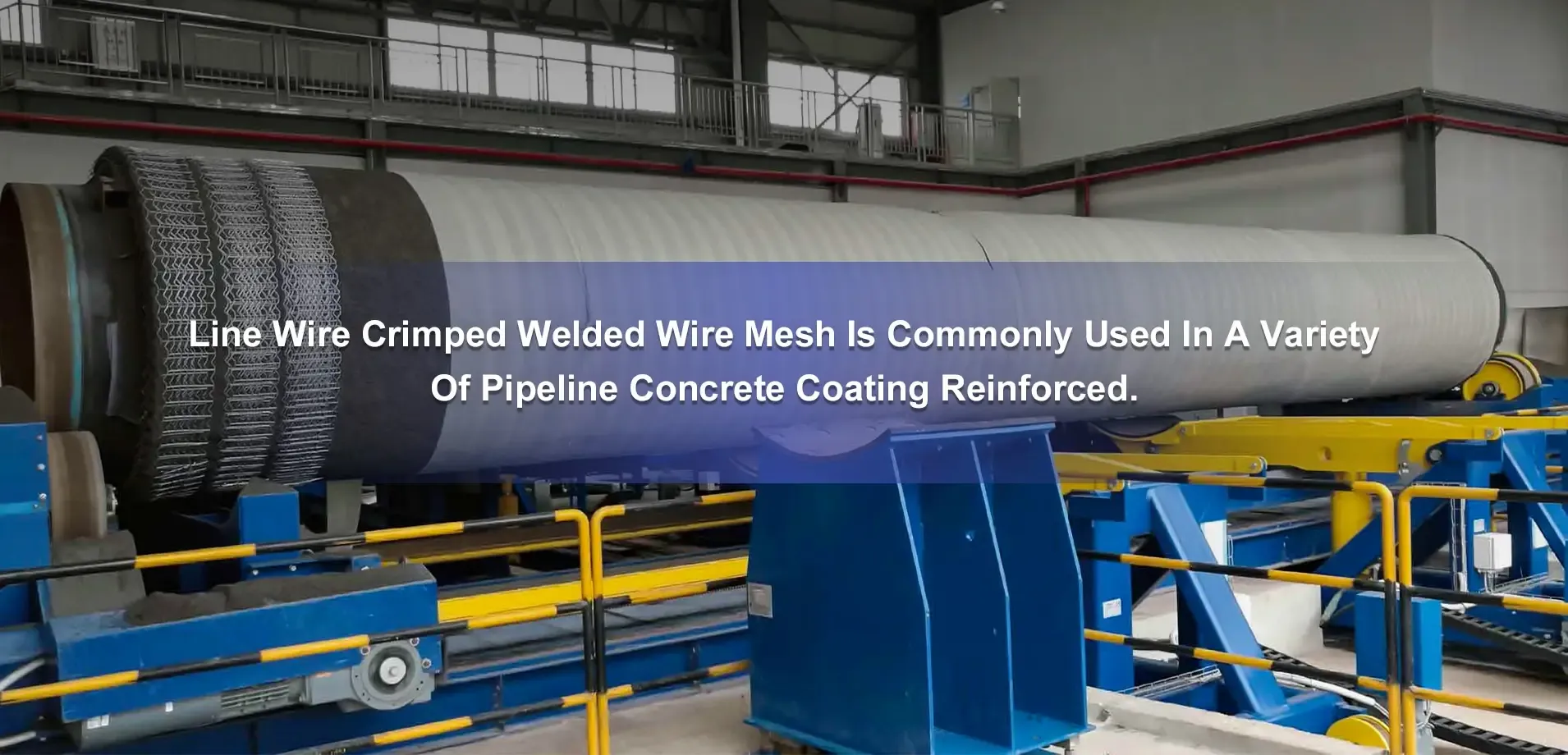- Industrial zone, South of Anping Town, Hengshui, Hebei, China.
- sales@hfpetromesh.com
- +86-18931809706
shale shaker screen
Understanding Shale Shaker Screens Key Components of Drilling Operations
Shale shaker screens play an essential role in the oil and gas industry, particularly during the drilling process. As vital components of shale shakers, these screens are designed to separate drilling fluids from the rock cuttings produced during drilling, ensuring the efficiency and effectiveness of the operation. Understanding the importance of shale shaker screens can help highlight their significance in drilling operations.
Shale shakers are the first line of defense in the solids control system of a drilling rig. When drilling deep into the earth, rock formations are broken apart, producing a mixture of debris and drilling mud. This mixture must be separated to prevent pipeline blockages, maintain the efficiency of the drilling process, and ensure the quality of the recovered drilling fluids. Shale shaker screens facilitate this separation process.
Constructed from various materials, including metal and composite substances, shale shaker screens vary in design depending on the specific requirements of the drilling operation
. The choice of screen material plays a crucial role in determining the screen’s durability and resistance to wear. For instance, woven wire mesh screens are common due to their balance of flexibility and strength, while perforated plate screens may be employed for heavier-duty applications.Screen size and mesh configuration are also critical considerations. The mesh size affects the screen's ability to retain certain particle sizes while allowing desired fluids to pass through. Different drilling techniques and geological conditions may require varying mesh sizes. Therefore, having a range of screens readily available is essential for adaptability and optimization of the drilling process.
shale shaker screen

Shale shaker screens are typically classified by their aperture size and the type of installation. The effectiveness of a shale shaker depends not only on the lateral dimensions of the screen but also on their end connection design. Some screens are designed with tensioning systems that allow for easy installation and removal, which is vital in maintaining an uninterrupted drilling operation.
Regular maintenance and replacement of shale shaker screens are crucial for ensuring optimal performance. As screens become clogged or damaged over time, their efficiency decreases, which can lead to higher operating costs and potential hazards on the drilling site. Operators must monitor the condition of the screens and implement a maintenance schedule to minimize downtime and maintain drilling efficiency.
Moreover, advancements in technology have led to the development of more durable and efficient shale shaker screens. Innovations in materials and design allow for better filtration and longer service life. Additionally, the integration of sensors and monitoring systems aids in maintaining appropriate screen performance, providing real-time data that can help optimize drilling operations further.
In conclusion, shale shaker screens are a fundamental component of the drilling process, playing a crucial role in the separation of drilling fluids from solid particles. Their design, material composition, and maintenance significantly impact the overall efficiency and cost-effectiveness of drilling operations. As the oil and gas industry continues to evolve, the importance of quality shale shaker screens will remain paramount to meet the demands of modern drilling challenges. Emphasizing innovation and efficiency in screen technology will help ensure that drilling operations remain on the cutting edge in today's dynamic market.
-
The Power of Pyramid Shaker Screen - A 3-Dimensional SolutionNewsOct.24,2024
-
Exploring the Versatility and Durability of Steel GratingNewsOct.24,2024
-
Revolutionizing Drilling Efficiency with Steel Frame Shaker Screens for Mud Shale ShakersNewsOct.24,2024
-
Potential of Shale Shaker ScreensNewsOct.24,2024
-
Offshore Pipeline Counterweight Welded Mesh - Reinforced Mesh in Marine EngineeringNewsOct.24,2024
-
Revolutionizing Offshore Pipeline Stability with Concrete Weight Coating MeshNewsOct.24,2024
